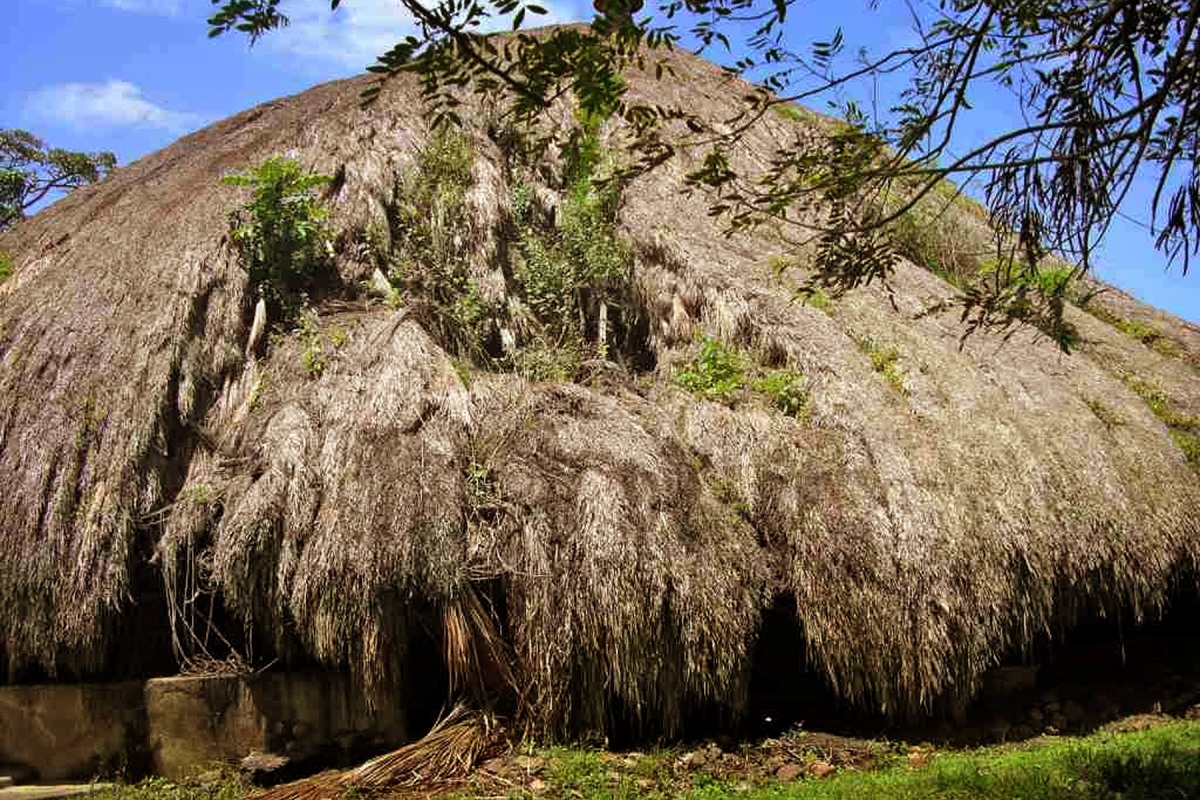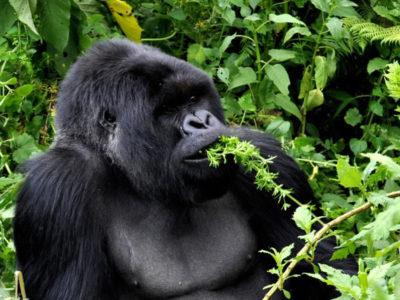Wamala Tombs in Kampala, Uganda
WAMALA TOMBS TRAVEL GUIDE, KAMPALA
LOCATION OF WAMALA TOMBS, KAMPALA
The Wamala Tombs are located in Nabweru Sub-county, Wakiso District, which is a suburb of Kampala, Uganda. This site is the burial place of Ssekabaka Suuna II, the 29th king of Buganda, who ruled from 1832 to 1856. The tombs are situated on a hill, offering a panoramic view of the surrounding area. You can find them along the Kampala-Hoima highway, approximately 14 kilometers from Kampala, near the town of Nansana.
HISTORY OF WAMALA TOMBS, KAMPALA
The Wamala Tombs, located in Nabweru Sub-county, Wakiso District, a suburb of Kampala, Uganda, are a significant cultural heritage site. These tombs are the burial grounds of Ssekabaka Suuna II, the 29th king of Buganda, who ruled from 1832 to 1856.
HISTORICAL SIGNIFICANCE OF WAMALA TOMBS, KAMPALA
Ssekabaka Suuna II was a notable figure in Buganda's history. He was the last Kabaka to be buried in his palace, a tradition that ended with his reign. Suuna II is remembered for his significant contributions to the kingdom, including being the first Kabaka to welcome foreign traders, specifically Arab traders, into Buganda in the mid-1840s. Despite his progressive stance on trade, Suuna II was also known for his despotic rule, marked by numerous executions, including those of his siblings, in his struggle for power.
ARCHITECTURAL AND CULTURAL FEATURES OF WAMALA TOMBS, KAMPALA
The Wamala Tombs are situated on a hill, offering a panoramic view of the surrounding area. The tombs are housed in a large, grass-thatched hut, which is a traditional architectural style in Buganda. The exterior of the shrine is adorned with intricate handiwork of reeds, creating patterns that symbolize the unity of Buganda's 54 clans. Inside, the tombs are shrouded in darkness, with the remains of Suuna II hidden behind a large curtain of barkcloth, symbolizing the belief that the Kabaka does not die but embarks on an eternal journey.
CULTURAL PRACTICES OF THE WAMALA TOMBS, KAMPALA
The Wamala Tombs are not just a burial site but also a place of ongoing cultural significance. The site is used for traditional Ganda rituals and ceremonies, allowing the current Kabaka and kingdom officials to maintain communication with their ancestors. These rituals are vital for preserving the cultural heritage and traditions of the Buganda Kingdom.
PRESERVATION AND CHALLENGES AT THE WAMALA TOMBS, KAMPALA
The Wamala Tombs are recognized as a protected cultural heritage site by UNESCO, alongside other heritage sites in Uganda. Despite this recognition, the site faces challenges in maintenance, particularly in keeping the grass thatch roofs in good condition3. Efforts by the Buganda Kingdom officials and followers of the kings continue to preserve this important cultural landmark.



